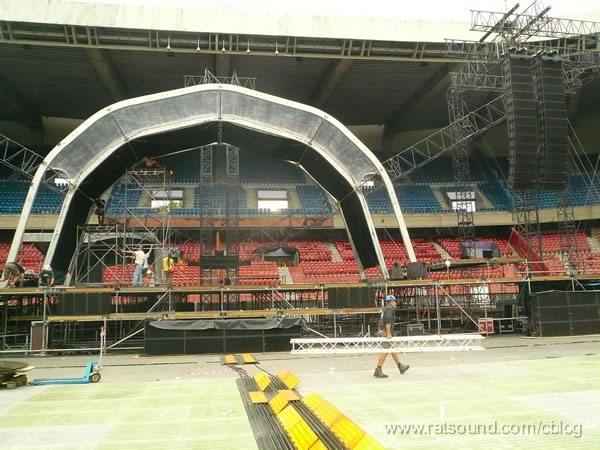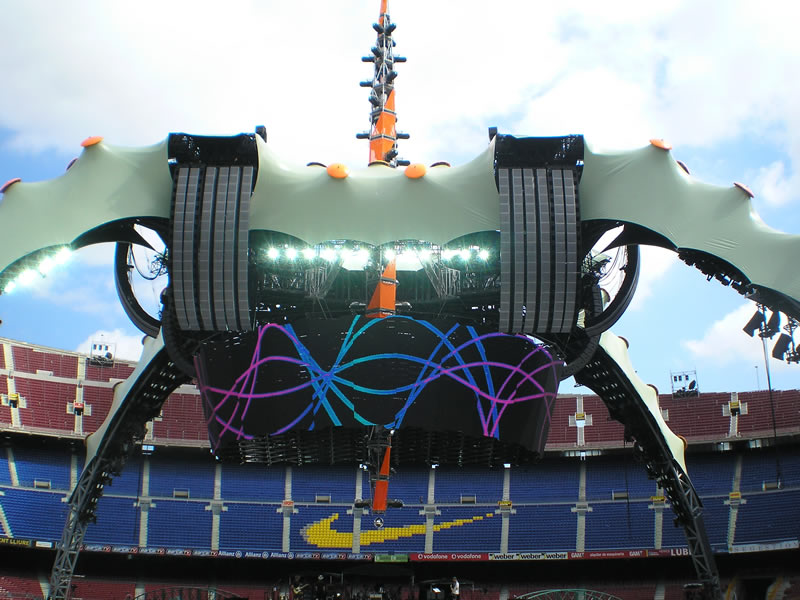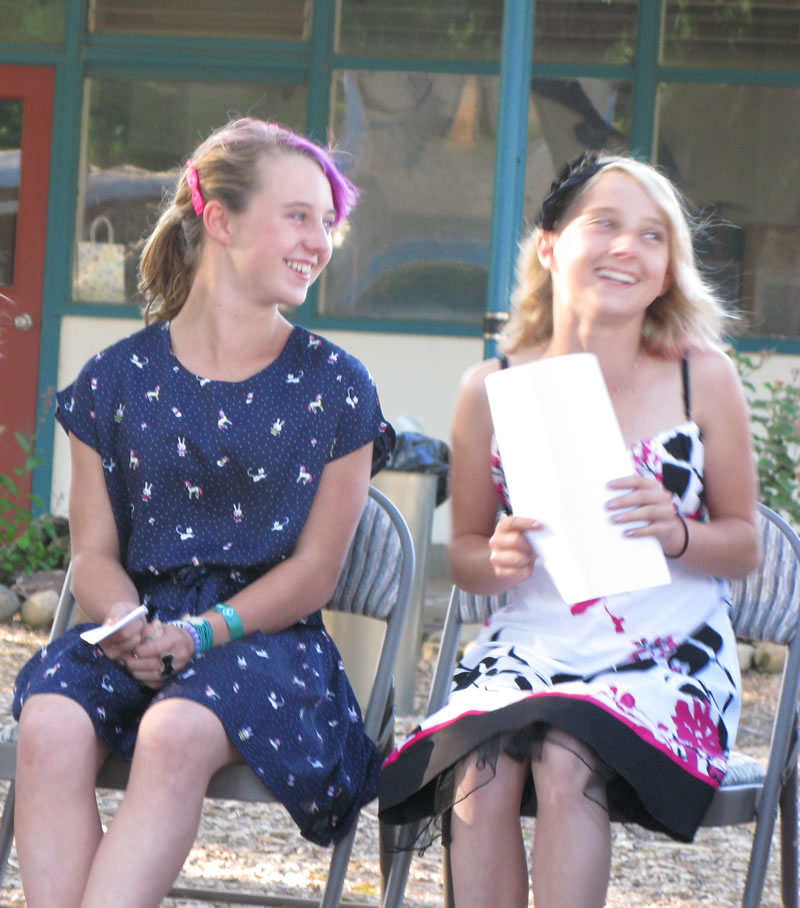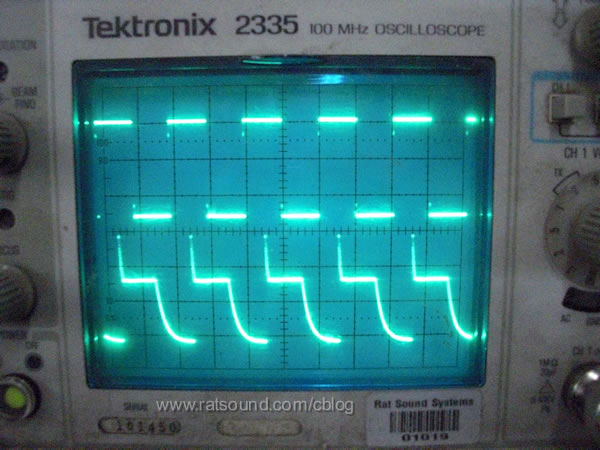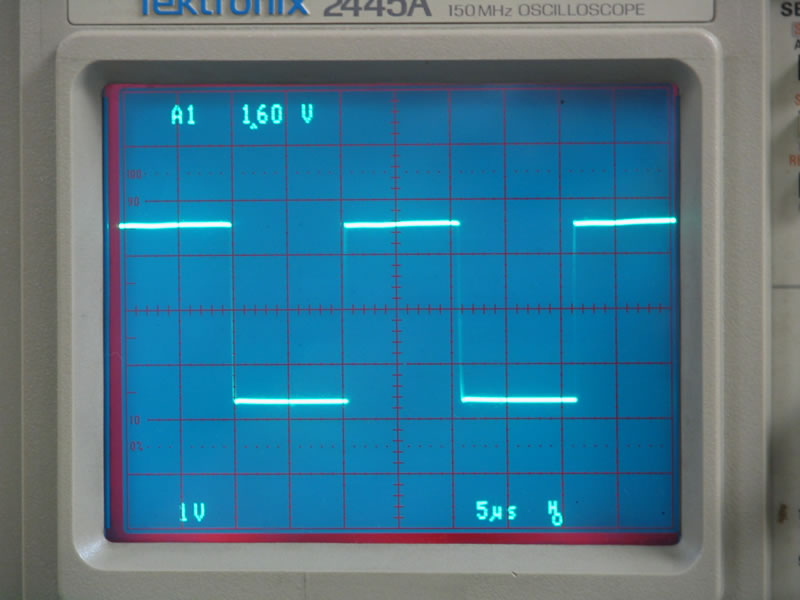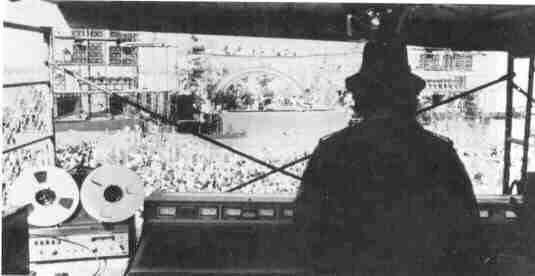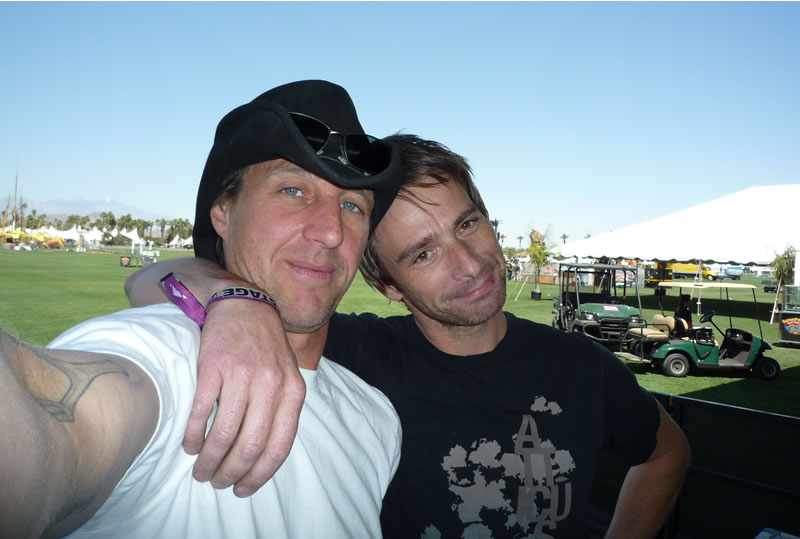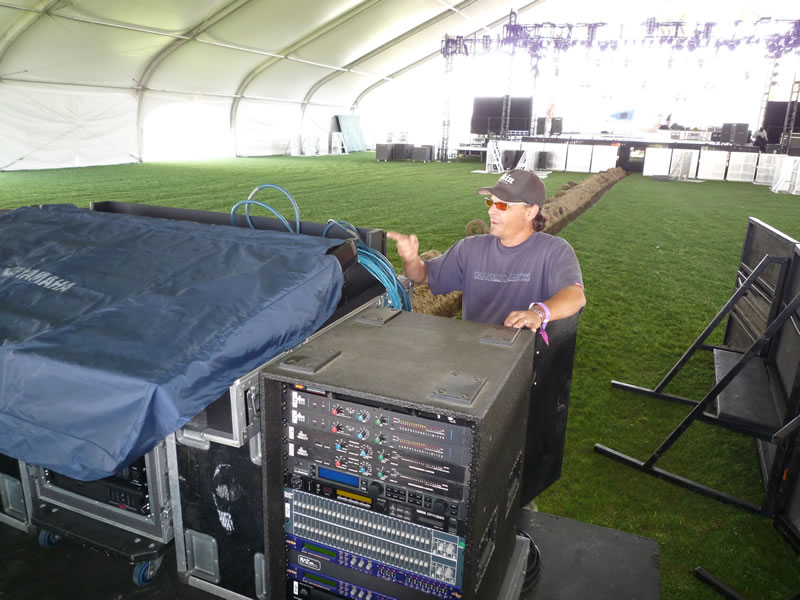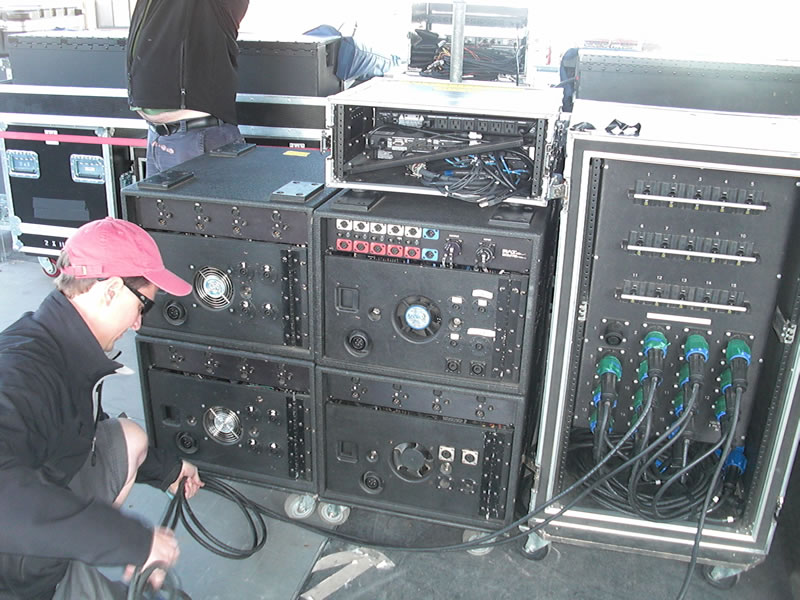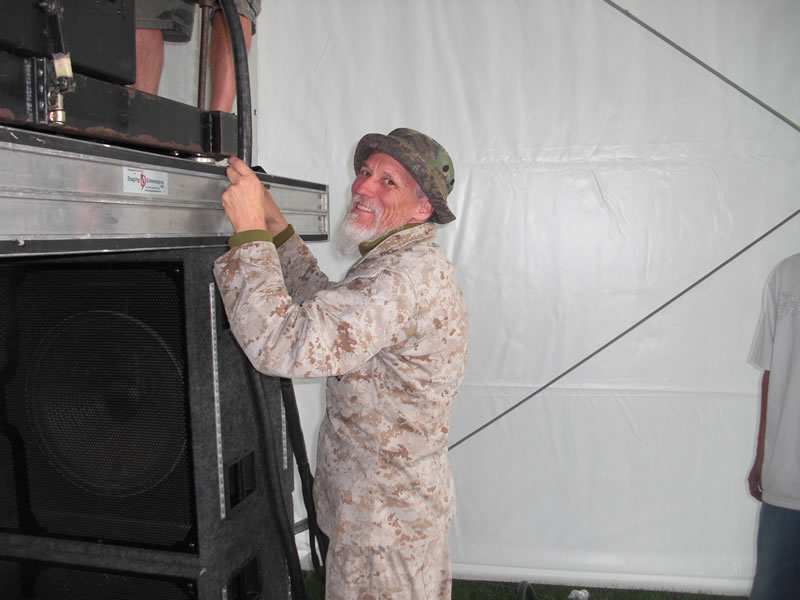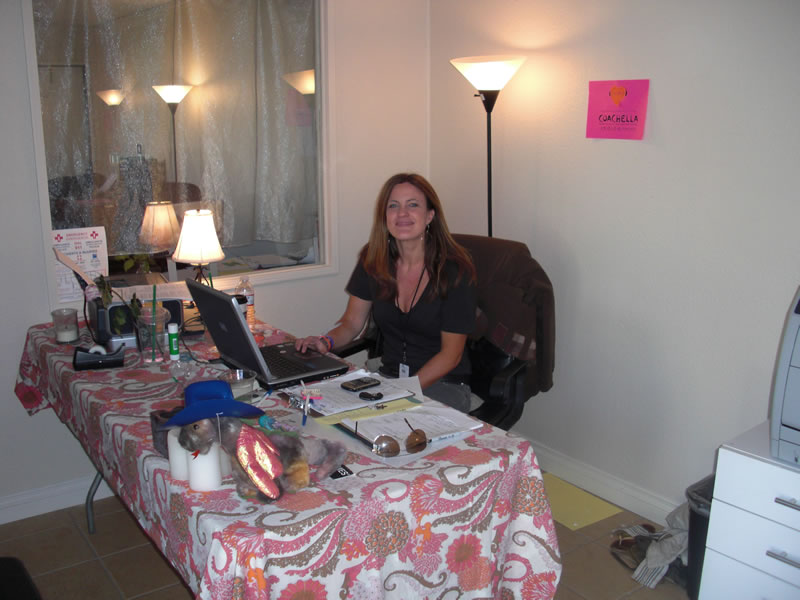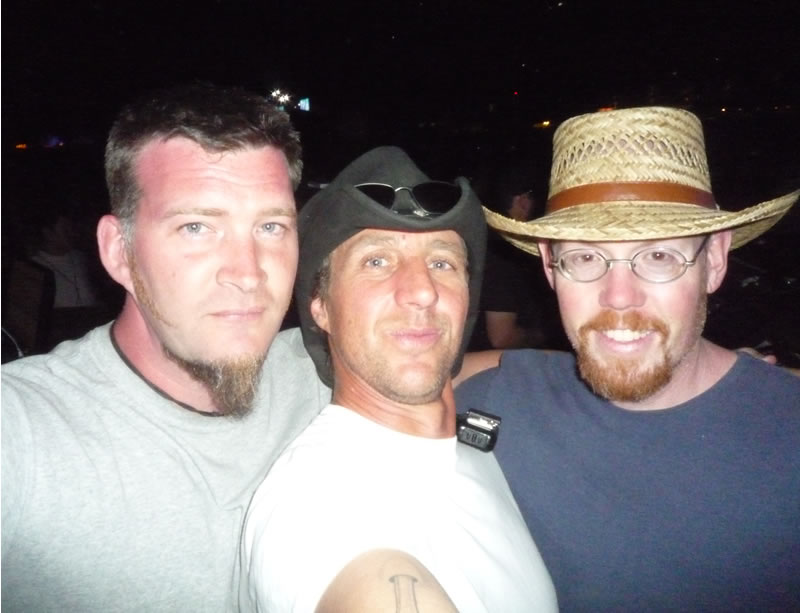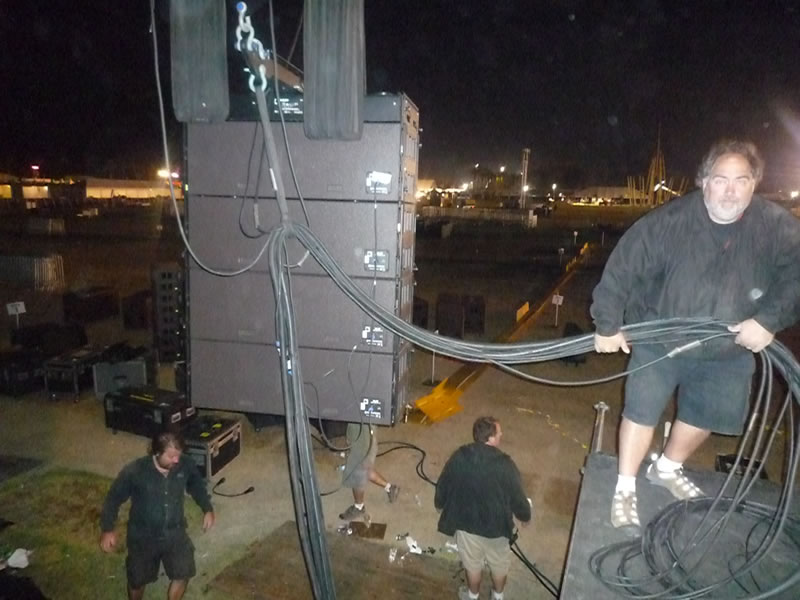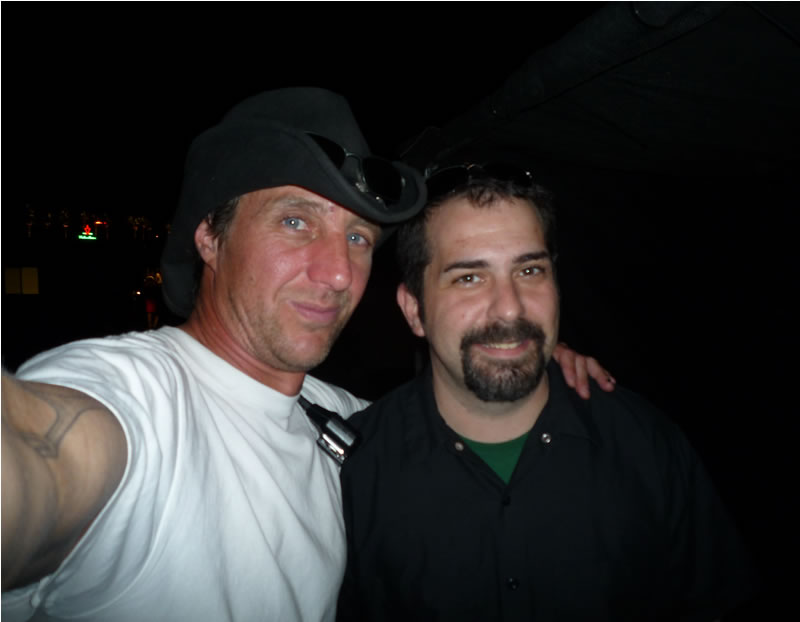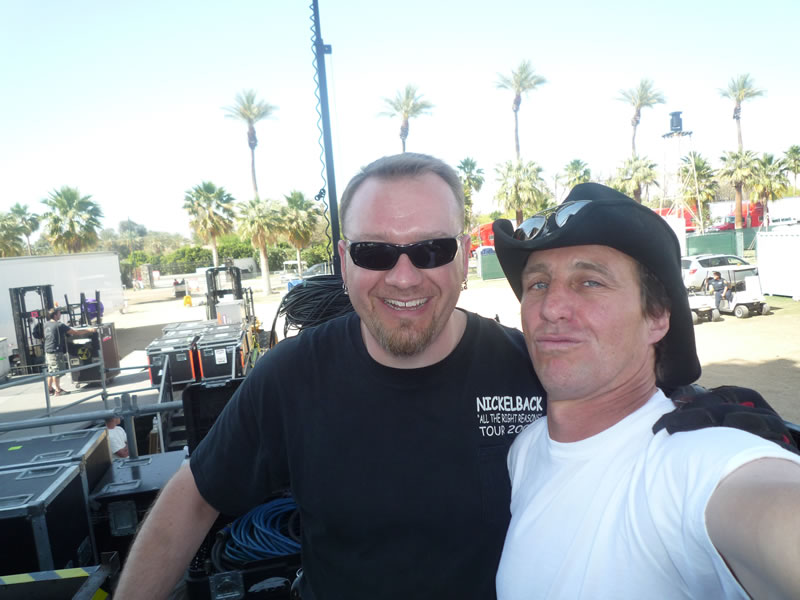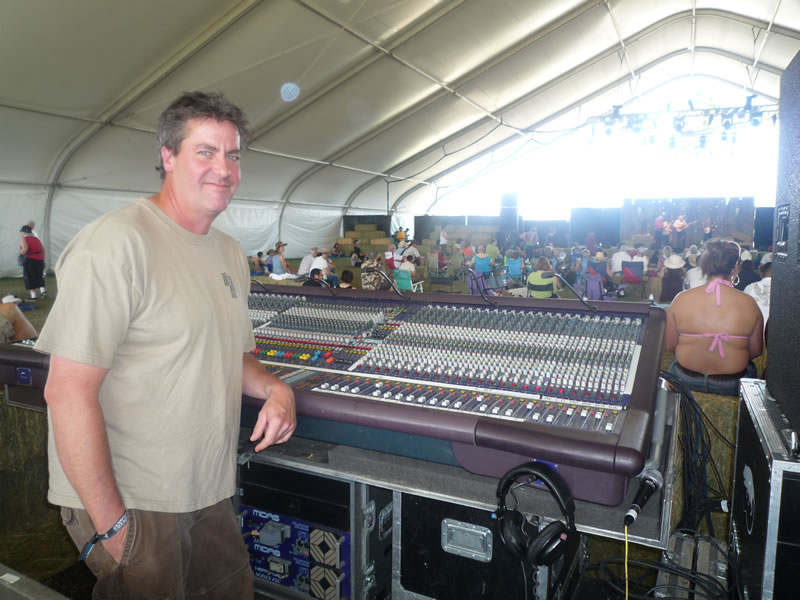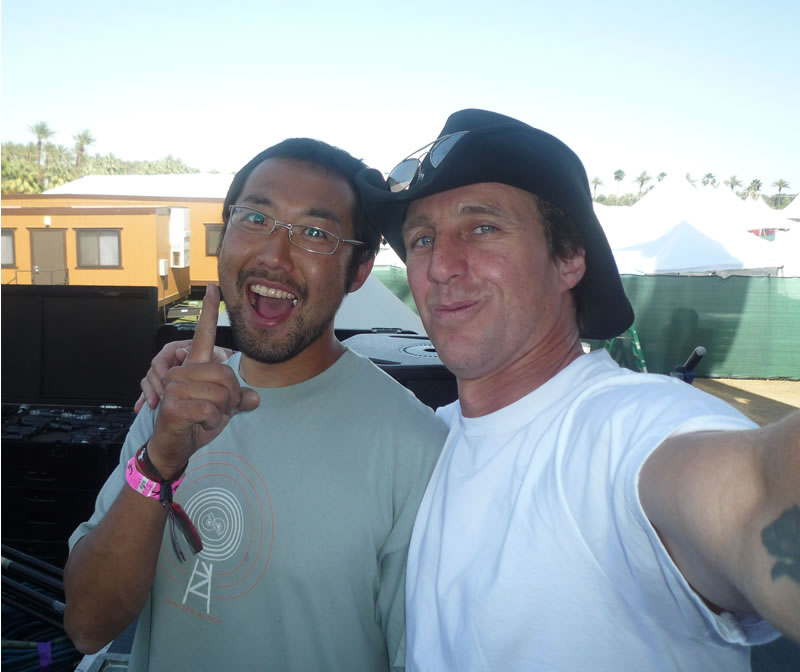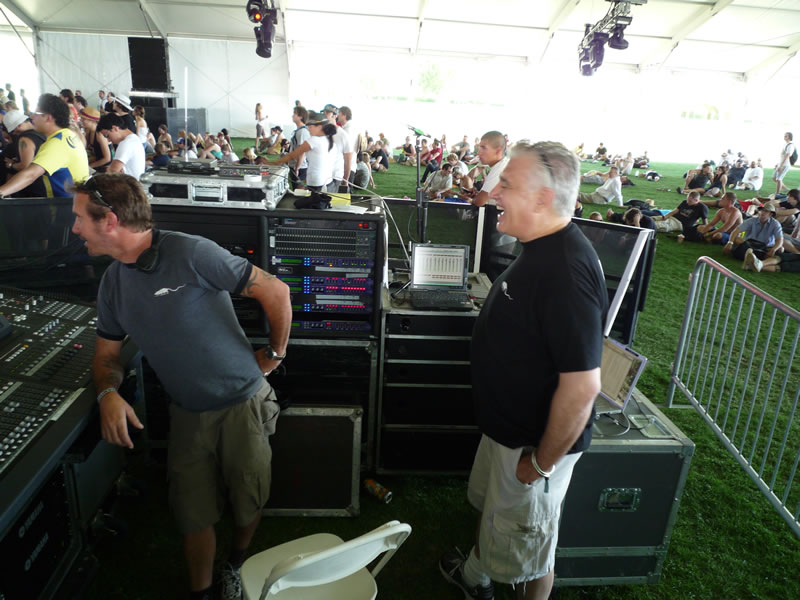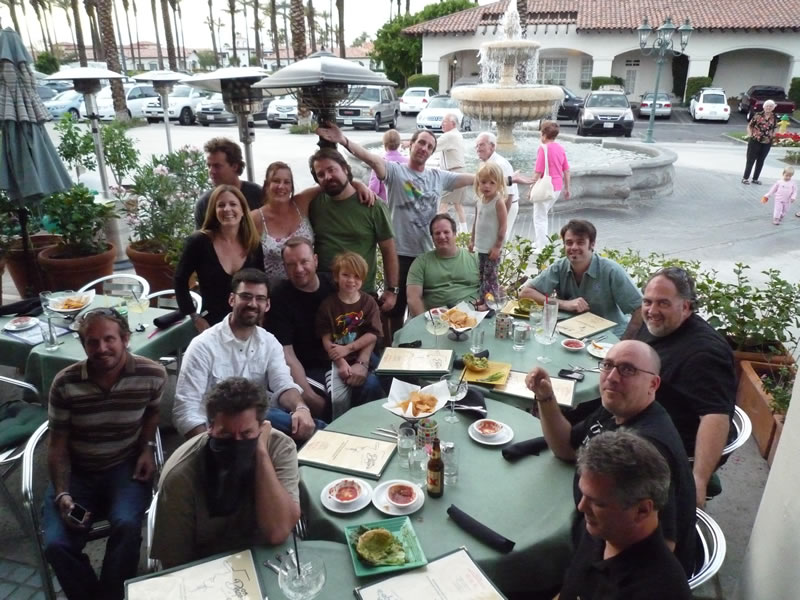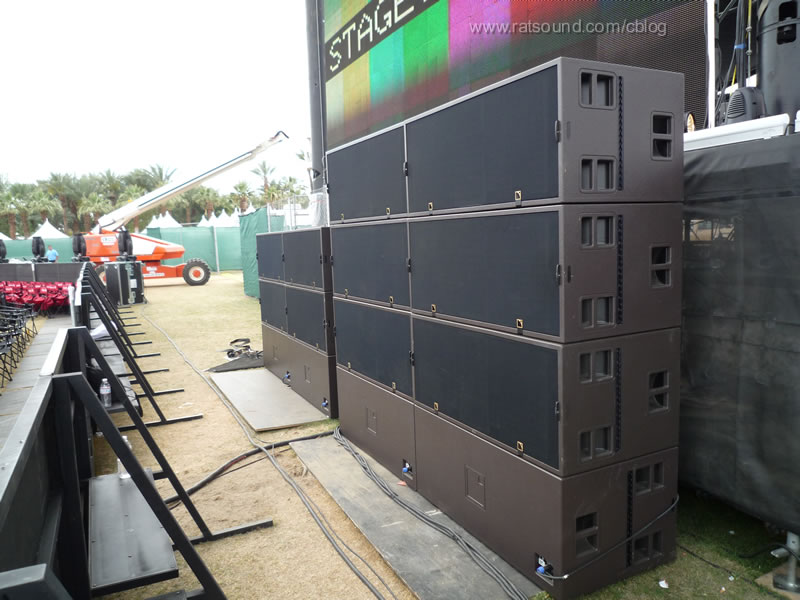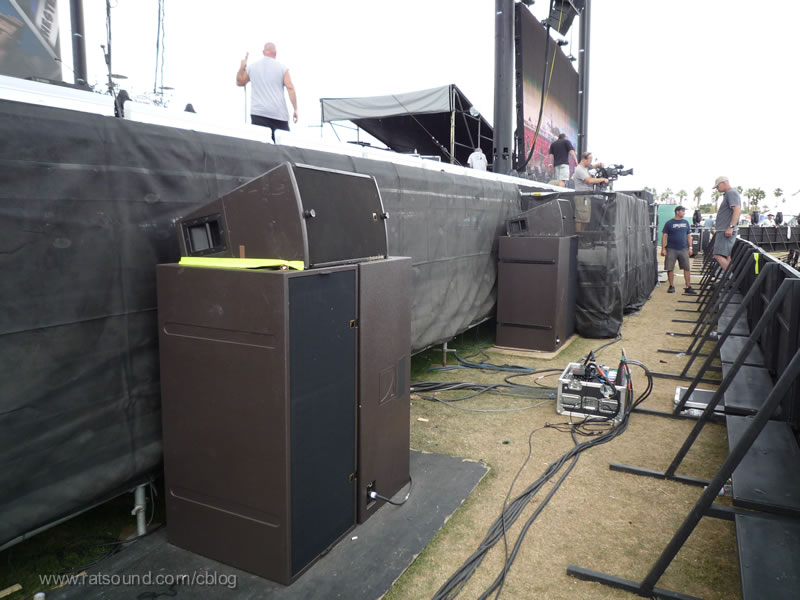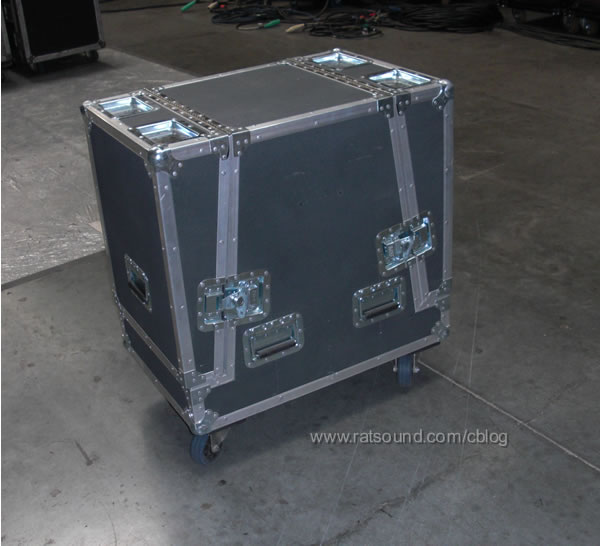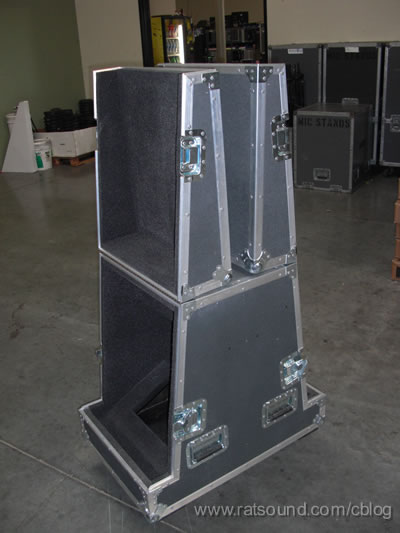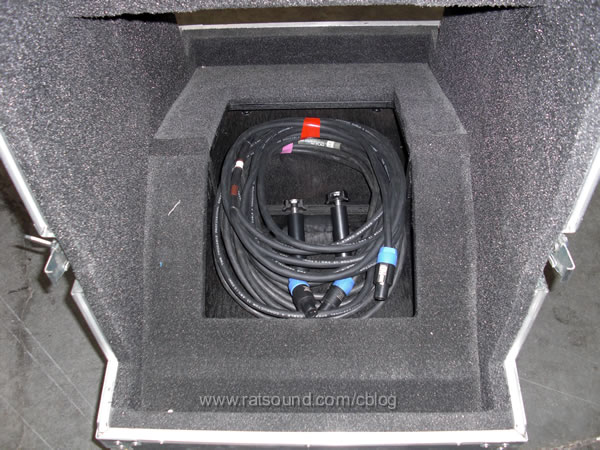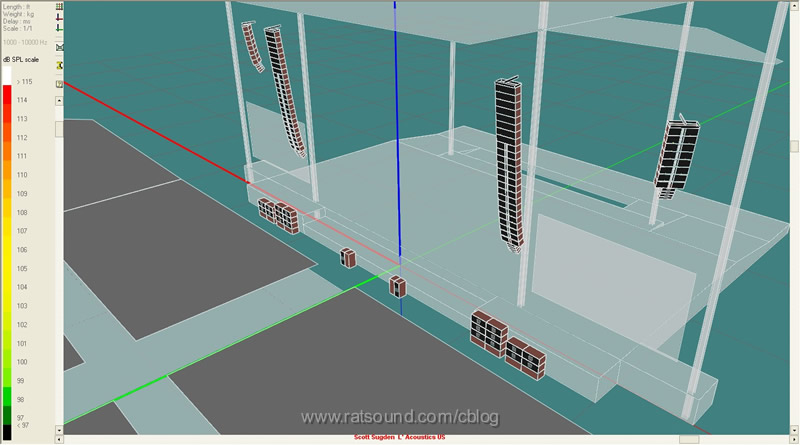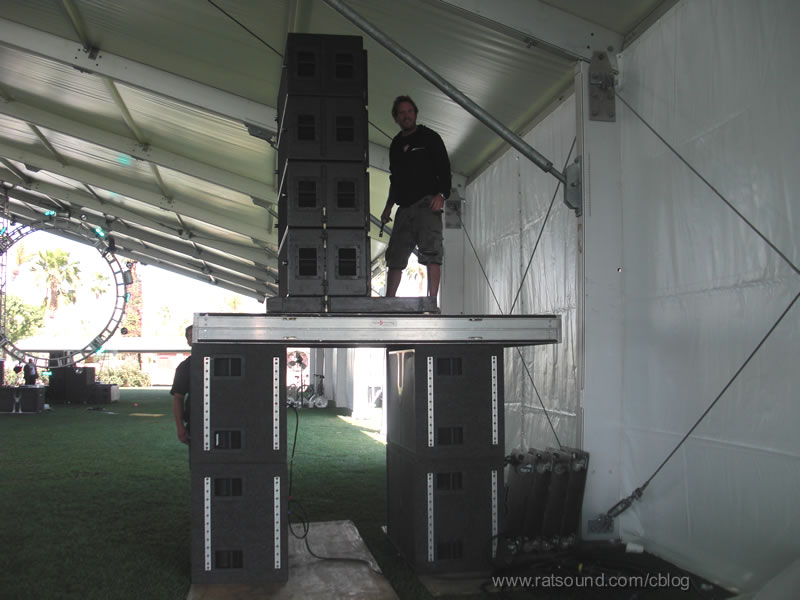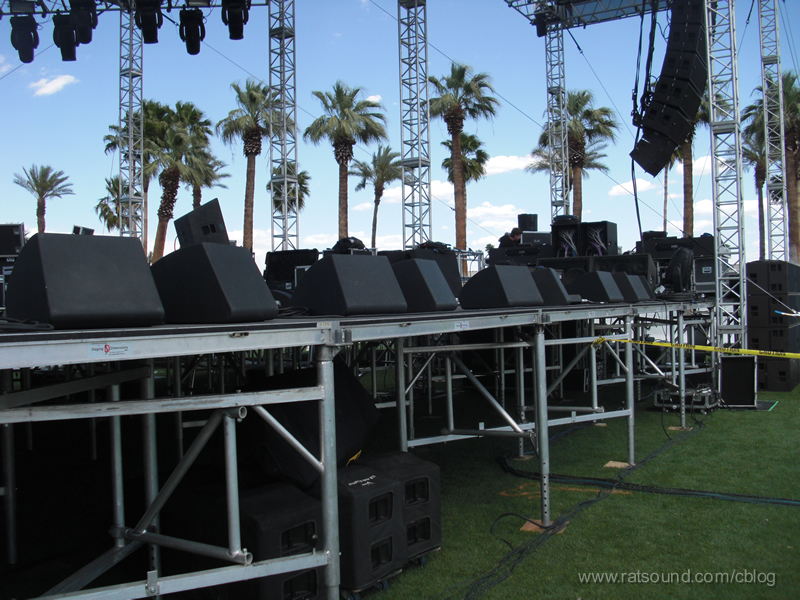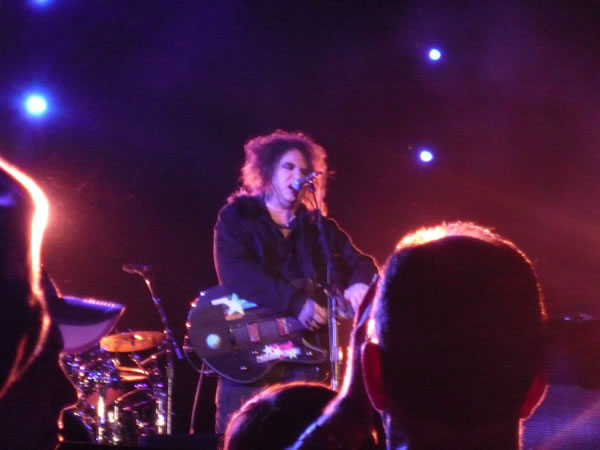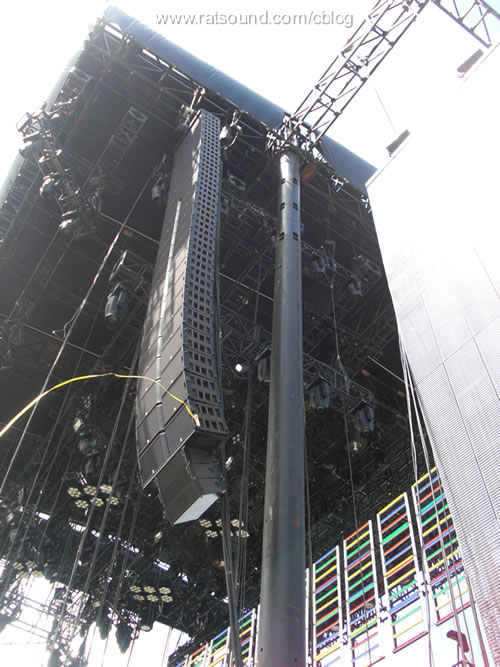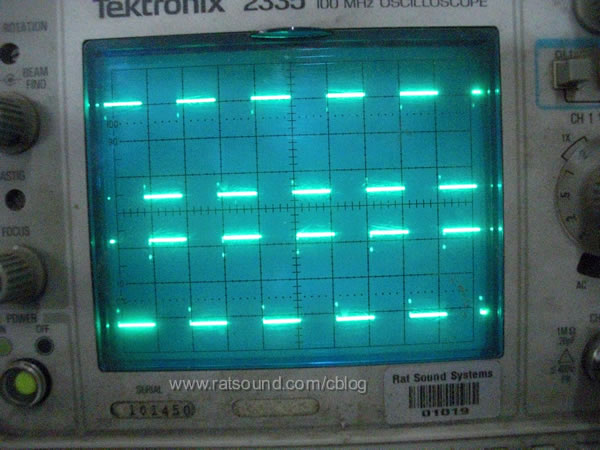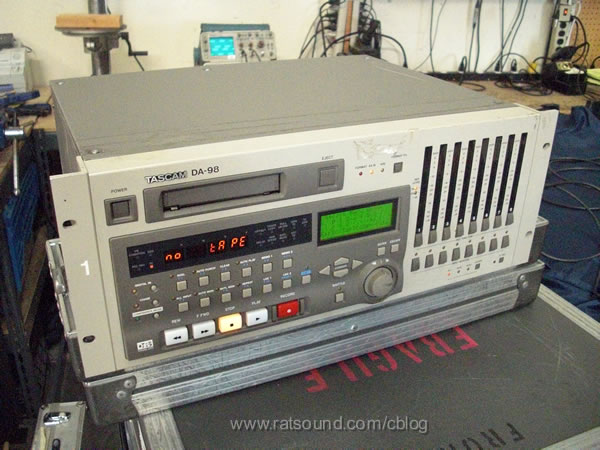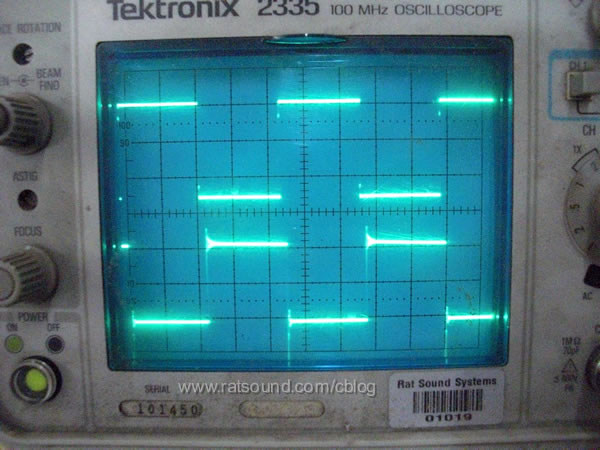Well today is my birthday but more about that later, and just by sheer coincidence, it is also the press release day for the the next product in the MicroWedge series!
**** Sound Nerd Speak ****
The MicroSub Special Report!
A while back I mentioned that there were some exciting new products in the MicroWedge pipeline, well, here is the next one, the new EAW MicroSub 15. This is the an all new design and the first product I have developed with EAW from the onset.
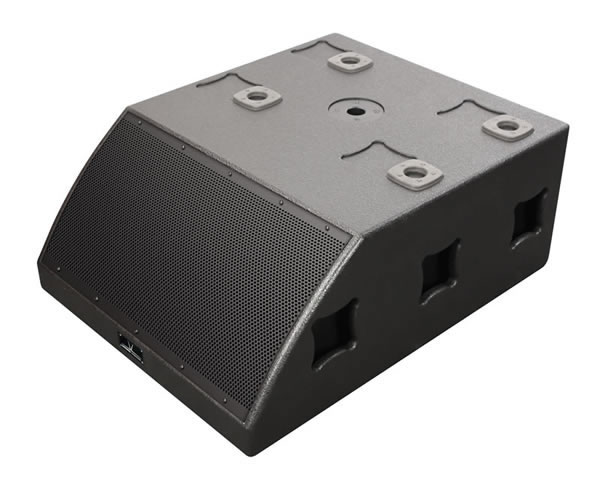
The EAW MicroWedge 12's and 15's designs started with Radian and then working with EAW we were able to bring them to a new level but with the MicroSub, I was able to approach the project knowing I had EAW's capabilities at my disposal. So, I thought I would share a bit of the background behind the design process for these cool little subs.
If you take a look at the subs currently available, you are always faced with a series of compromises and finding a really cool stage sub is kind of a Holly Grail quest. Larger subs have the volume and allow sidefilles to stack on top but then for gigs with sight-line issues, getting them low enough is not possible. The smaller subs work for sight lines and fit on drum risers but getting some real volume out of them can be illusive. Then you have all the eccentric designs with 3rd and 4th order bandpass chambers, steep roll offs and limited frequency ranges which I wanted to stay away from. Though many of those products have certain assets, they also come with issues, I wanted a solid bass reflex configuration that has that familiar impact and clarity.
We as sound vendors, need to be able to supply the sound engineers with something that would solve the challenge of getting powerful low end to the drummer as well as be an awesome sidefill sub covering venues ranging from clubs to arenas. It had to be compact and punchy yet also reproduce very low frequencies.
There actually have been several MicroSub designs over the years, with some making it all the way to being tested at gigs. I have one prototype in my living room that sounds great but lacked some key aspects. There had to be something new and exciting about the product. The final MicroSub design started to materialize when I realized that multiple enclosure should fit together to create a wide variety of coverage patterns and focus distances. This would allow the engineer to easily optimize the sub setup for the artists. I then had this idea to create a subwoofer that allows the end user to create a horn loaded type setup without carrying dead air of the horn. Most horn loaded designs that are just a speaker with a big huge flare of wasted space in front.
What if this sub was designed such that multiples could be configured to form horn loaded arrays or just as easily configure into conventional subwoofer arrays? What if the arrays could be built like "LEGO's" into various shapes that exhibit differing characteristics. Truly mechanical and actually optimized setups rather than digital beam steering emulations? It had to be low profile and stackable. Some gigs require a stage sub that does not block sight lines while others require a stage sub that can elevate the sidefill tops to head height or above. There are lots of various subs out there but I could not find a single an 'off the shelf sub' that fills the bill.
The sound and tuning of a single box was based proven design that has been successful for over a decade, Rat has been using a double 15 stage sub that works really well. The sound is tight and clean yet it is able to deliver low frequencies down to 35hz and it is about 8 cubic feet. So I modeled the internal tuning after that proven product. It had to be scalable and versatile enough to work as a drum sub, side fill sub or configure to throw lots of power onto large stages. I wanted a sub the will effortlessly transition from a club to an arena and back again.
Also, with the proliferation of in-ears, the need for a versatile high quality low profile stage sub system even more timely that ever. Localized and clean low end to augment the the one thing in-ear systems will never be able to achieve, that 'feel.'
The MicroSub is another cornerstone of the MicroWedge series. The MicroWedge 12, 15 and 8's are just the tip of the iceberg. They are but a few products from an entire series that all work together to form the ultimate stage monitoring and near to mid field coverage system and though I will not get into that now, there are more to come.
So this is the culmination of way too many sleepless nights pondering and 4 AM sketches. Rolling over and over in my mind, "where o where to mount the speaker?" Top side, bottom, they all have their issues, I need a 7th surface. Wait, a 7th surface, that is it, the extra dimension I need. A surface that is neither the front nor side nor bottom but rather EITHER the front or side or bottom. I refuse to waste space by pointing the speaker into an internal wall. I refuse to have a dead internal chamber and that is when it all opened up, it made perfect sense, and it became really fun. The slanted baffle offered numerous unique aspects, of course, just the same as the MicroWedge, except a sub. A 15" speaker that lives in a 13" high enclosure and even more interesting is that it can face any direction without blocking the sound, it just alters the loading and the way it interacts with the other MicroSubs.
So I create sketches and start working with the EAW engineers. I started drawing up the basics and got even more excited, could it truly be this versatile yet so simple? Right away, first generation prototypes to see if they really do couple and load as expected. Ah, but the alignment system is a mind bender. Slowly that unravels and a complex pattern of feet and valleys that fit together is created. Handles that double as alignment holes. Alignment blocks that double as rubber feet.
One of the really cool things about working with EAW is their ability to get transducers developed that are optimized for the task at hand. With the Radian MicroWedge, I used an off the shelf Radian coax, for the 12 and made a few minor changes including the impedance of the 2". For the EAW MicroWedges, every aspect of the coaxes was analyzed and refined. Changes to cone shape, thickness, waterproof cone coating, dome, voice coil material, gap, magnet type and strength and on and on. The options are endless and to have the ability to refine every aspect is phenomenal!
Well, with the MicroSubs we did the same thing. Starting with the latest greatest 15's submitted from five loudspeaker manufacturers, we weeded out the week ones, picked three, asked for upgrades and changes, narrowed down to two, asked for upgrades and changes, narrowed down to one, asked for upgrades and changes and again and again and again. Until the aha moment of "that is what we are looking for" is achieved. Oh, and don't for a second believe that I do not keep them all on their toes with my unconventional test methods!
If I can break it, it aint gonna make it!! Fun stuff and it is such an honor to work with Kenton Forsythe and Jeff Rocha and all the engineers at EAW and other companies I have met through EAW.
So back to the MicroSub.
These things can stack, array, they are small, can be on the floor behind the drum riser.
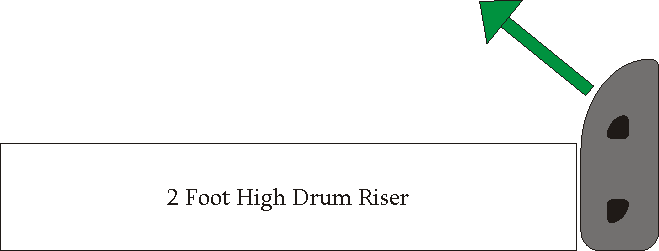
and have the speakers pointed at the drummer rather than the kick drum.
Here is a photo of 2nd generation prototypes. They can stack behind the drummer, off the drum riser or at the edge of the stage for main PA for a club
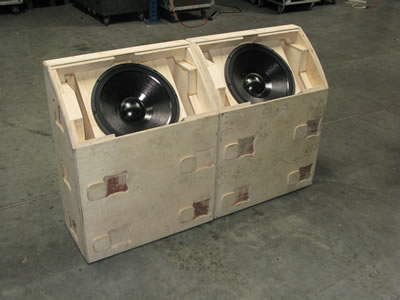
Ever have a bass player that wants a lot of low end? How about the dream bass wedge setup where the MicroSub 15 can act as large sub wedge and ego riser.! The same setup makes an awesome stereo bi-amp plus sub drumfill as well.
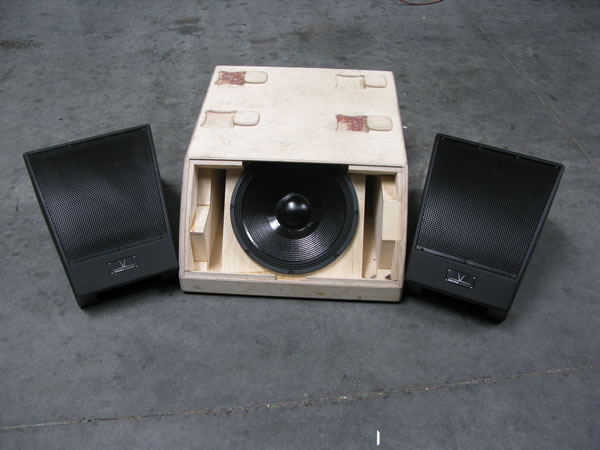
And it is the same height as a MicroWedge 12.

You can stack two up and have them point at the musician close to the sidefill. Or, if you need subs to sit behind a stairway, the angle is a cool asset.
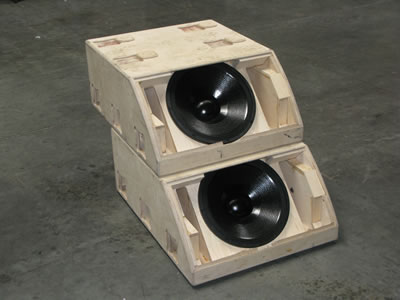
Focus them farther away to the center of the stage
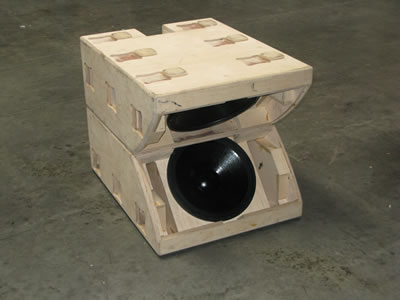
Or perhaps something in between the two last setups. Here the mechanical focus is far but the speakers are pointed 'near.'
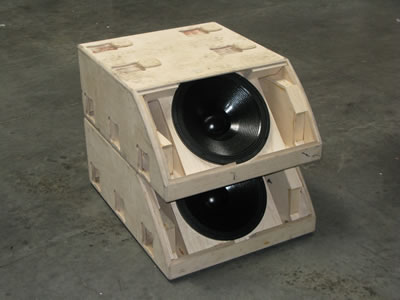
Or perhaps a smooth even coverage for the near stage and center stage is needed

For those limited space situations, here is a slick way to get a powerful dual 15" setup in only 13" of depth
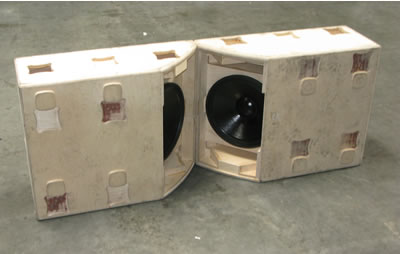
Or a simple near fire sub
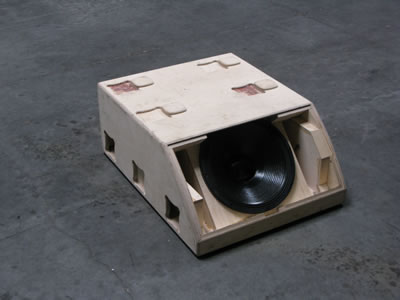
Or the same with more coupling to the floor
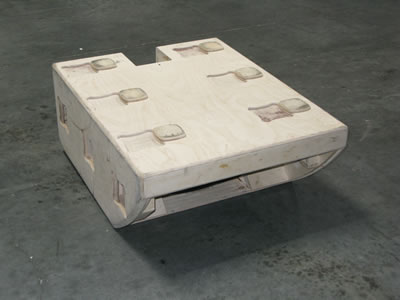
A nearly omni setup
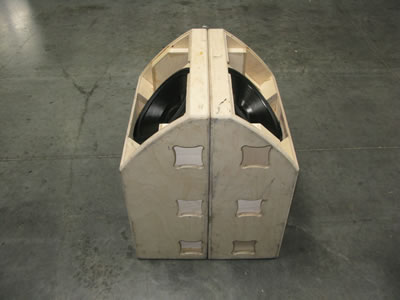
Or another omni setup that allows you to stack on top.
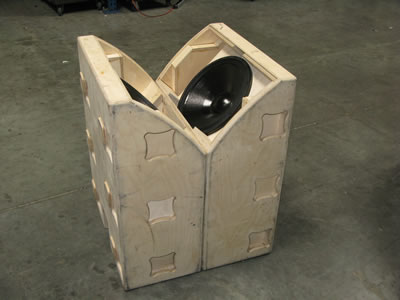
Check out my crude photoshop skills! Here you can see that larger horns can be formed and with a bit of processing, we can get horn loading and directional control. Extend this progression out to increase output, and directional control
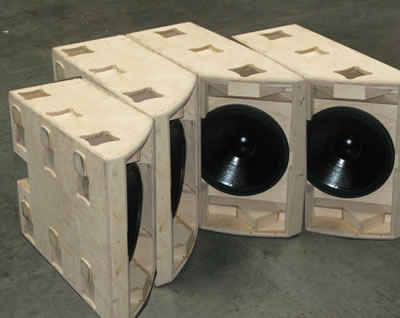
They stack and another MicroSub can be added to the top to make a 4 box horn. Notice the first generation prototype below the 2nd gen proto's.
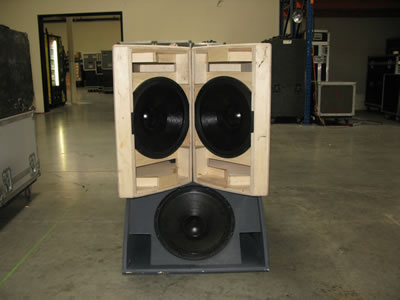
Face them out, or angle them face forward, the options as a design tool to optimize for your application are nearly endless.
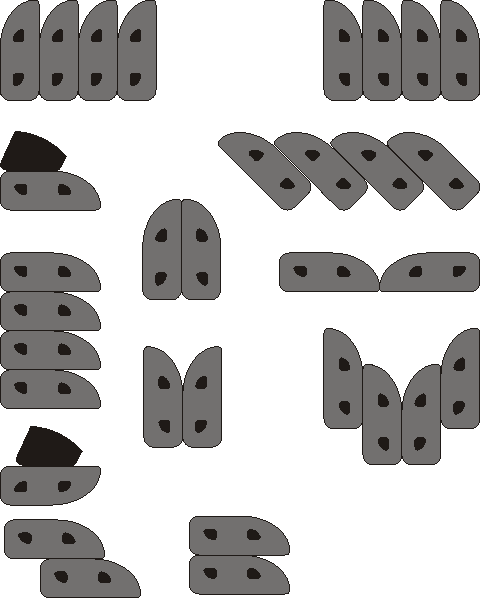
Â
Ha! Like LEGO! and they all have these inter-fitting feet that line the boxes up into and fit together.
Oh, plus there is a pole cup so.......
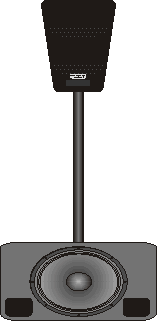
A MicroWedge will mount on top of one or two MicroSubs when used in with the MicroWedge pole mount adaptor
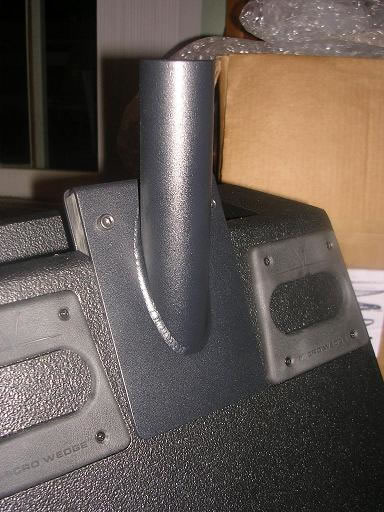
So a few more shots of the final units:
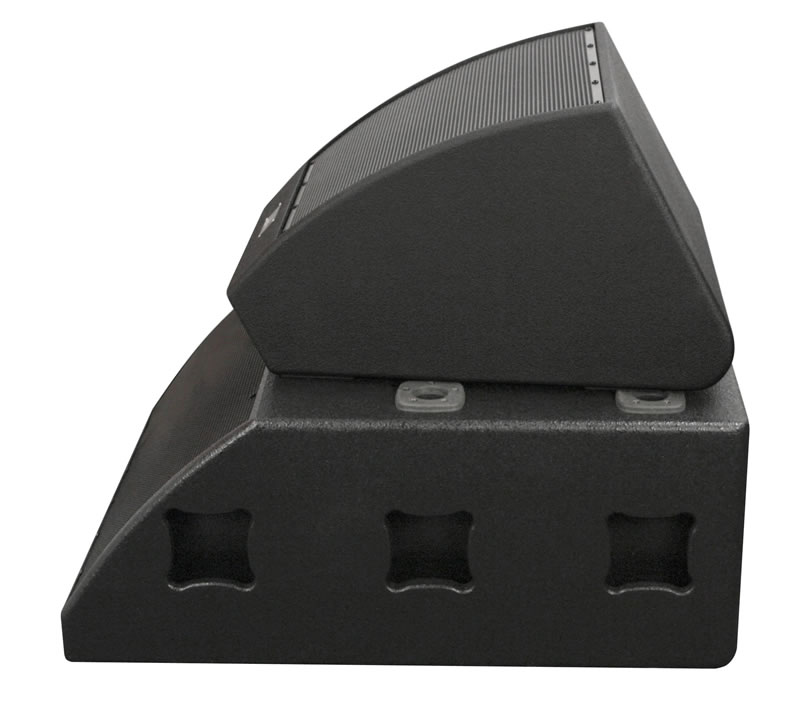
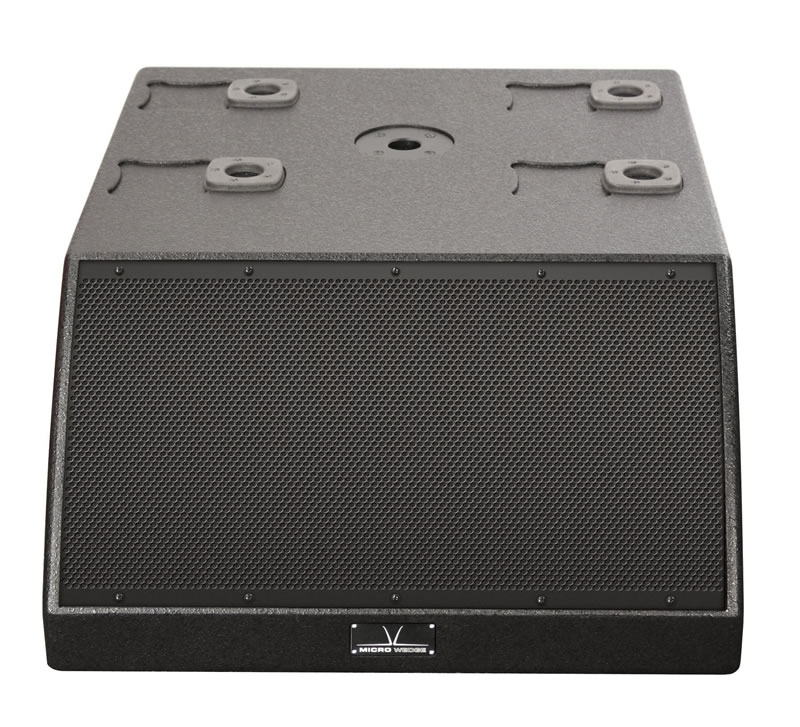
Oh, for the official info, check out:
http://www.eaw.com/products/microsub.html
And also, the first pair of MicroSub 15's will be at infocom in Orland this week
**** End Sound Nerd Speak ****
So it is my birthday and so far it has been wonderful! My day started at 5:30 am with a phone call to Brian Rat, a friend since I was 11 years old and the co-founder of Rat. Two surf sessions and chats and smiles about the ups, downs and appreciations of the three and a half decades we have known each other. Thirty five years, whoa and yikes, Rat Sound will be 30 next year! On one hand, it is pretty incredible that us two knucklehead kids got together and started a company that still survives and has done so many cool things. On the other hand, heck, with young whippersnapper multi billion dollar companies like Google pooping up, I guess us little us old Rat's are just an insignificant speck dust in the big scheme of the real world.
But hey, either way you look at it, Brian and I were estimating that this planet Earth gig has only about 12,000 days left for us before the tour ends. Hmmm, lets see, if the Earth tour length for a male human in the US is 77.5 to 80 years and I am an optimist so I will shoot high, but also, hey, I have been no angel, so I won't overshoot, I would say 82 would be reasonable goal. that means I have exactly 12,775 days left to finish this gig.
Perhaps this pondering may strike some as morbid, yet I actually find it a bit invigorating. A goal and a time frame and so now I am off to pack in as many adventures as I can without getting fired!
Speaking of fire, my mom came by last night with the worst tasting vegan cake imaginable. I have no idea why she was inspired to bring the vegan cake anymore that I can explain the dead plant she brought me as a gift. But, ya know, some things do not require explanation.
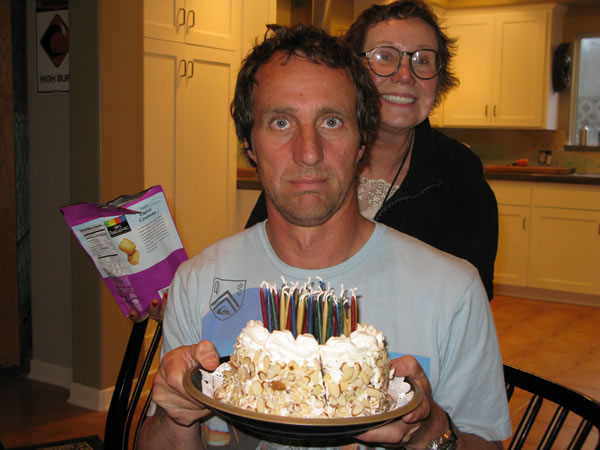
And what better way to light 47 candle than a propane torch, well, that is the best I could manage.
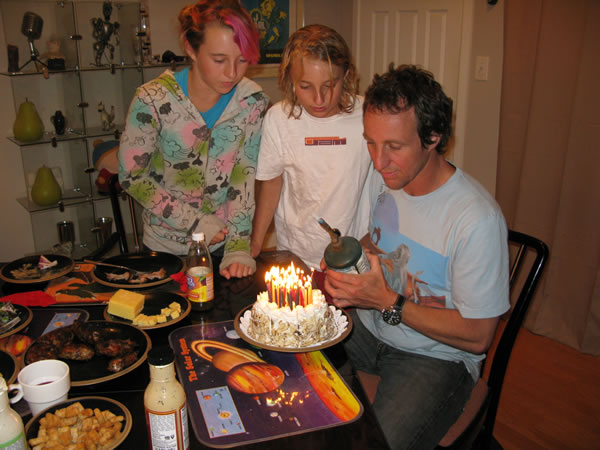
Rock on and I am off to see what the rest of the day will bring, wish me luck and maybe I will be lucky!!
Dave Rat
Â
